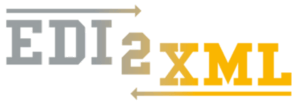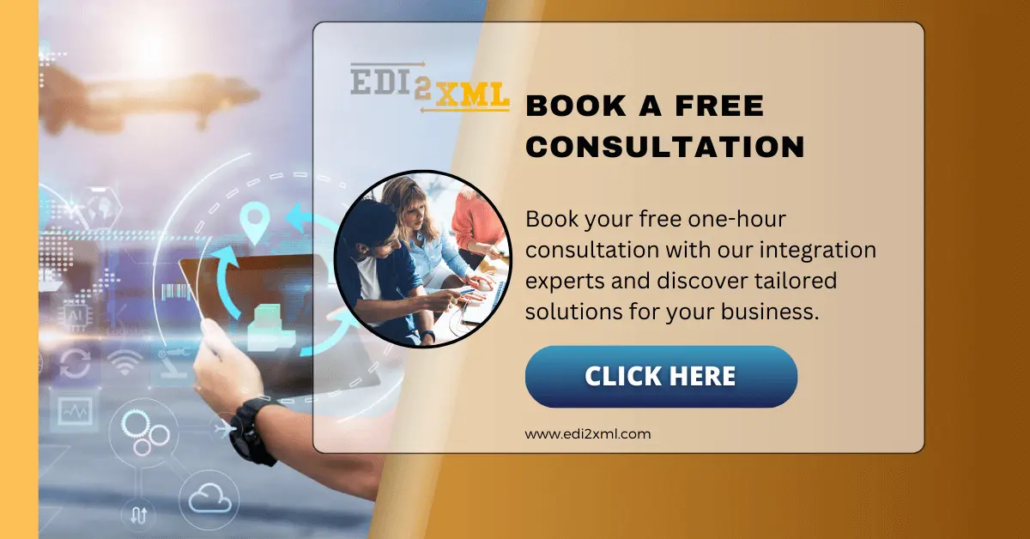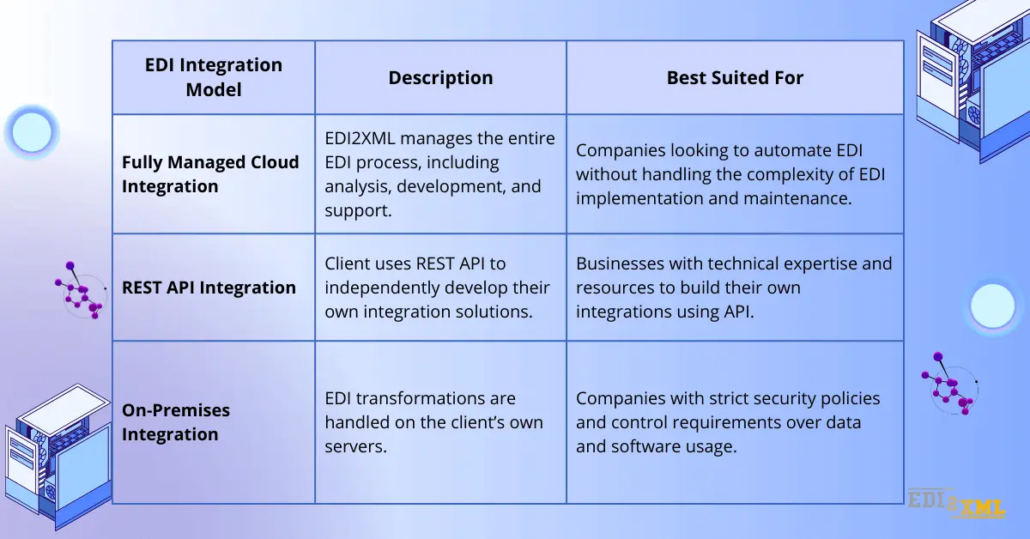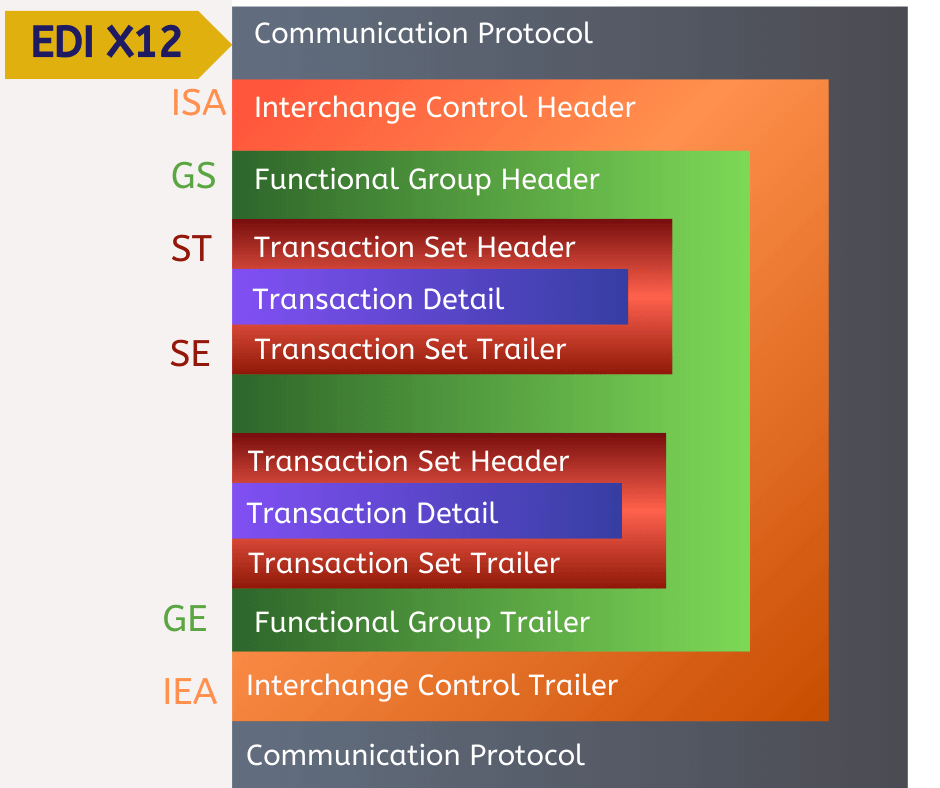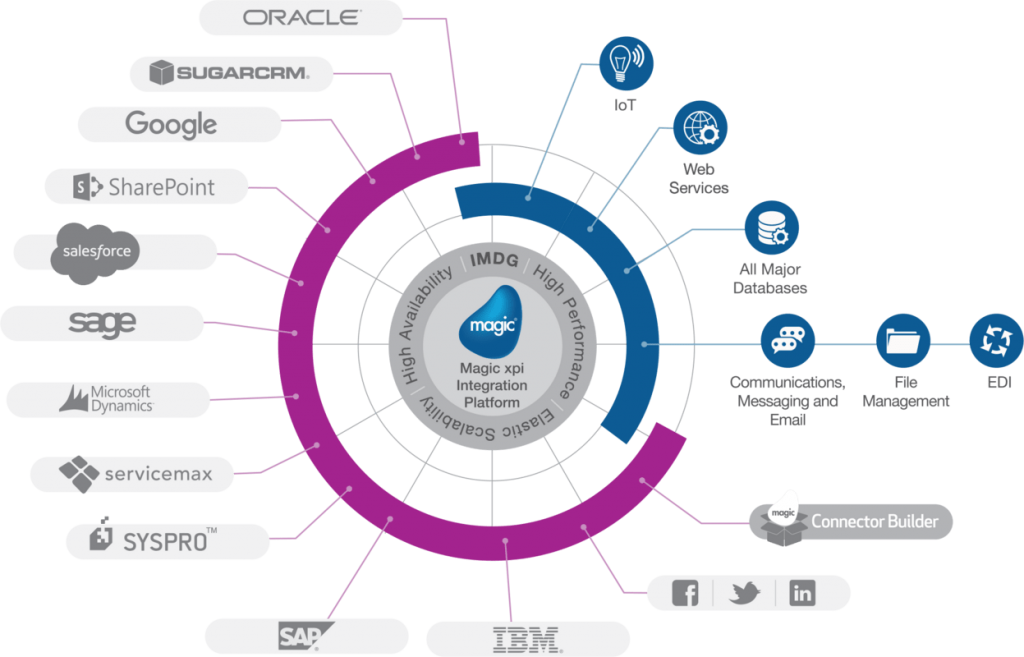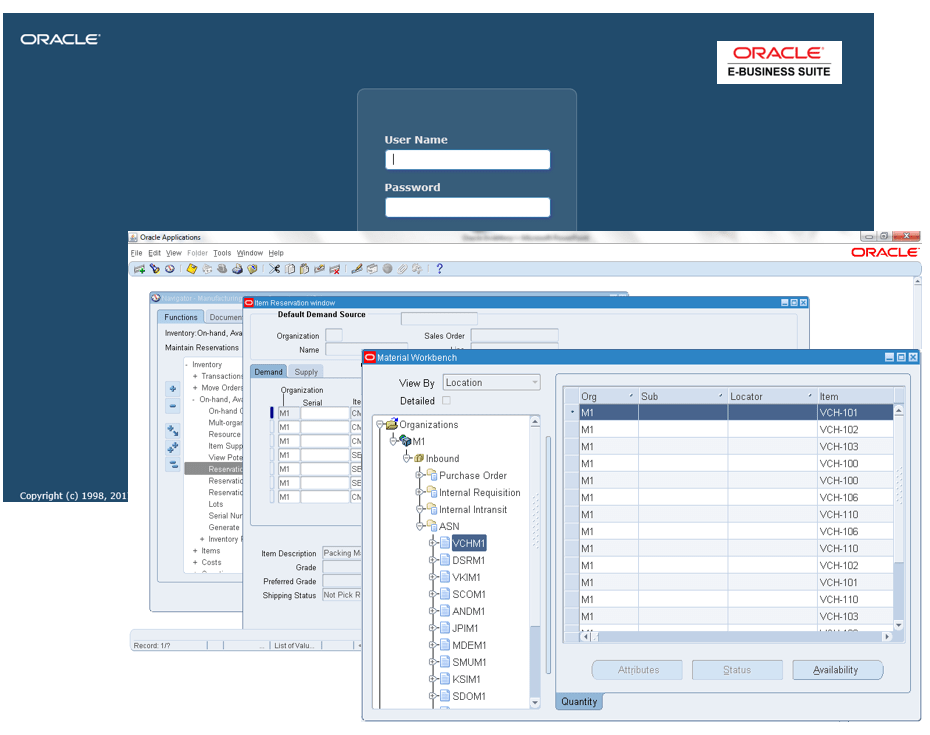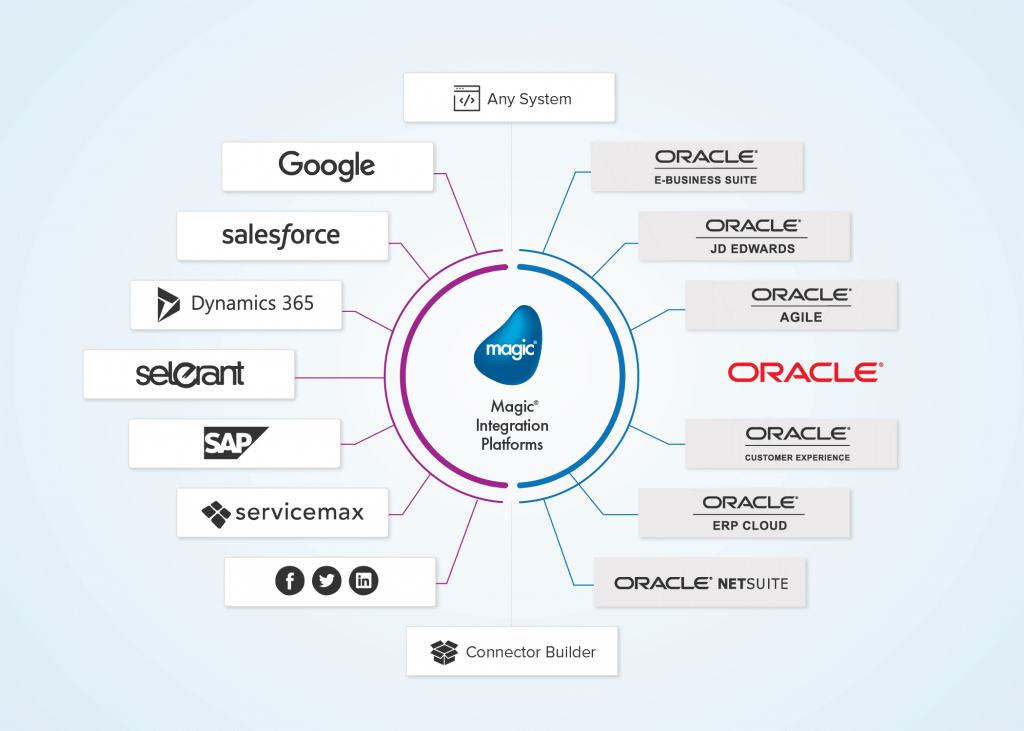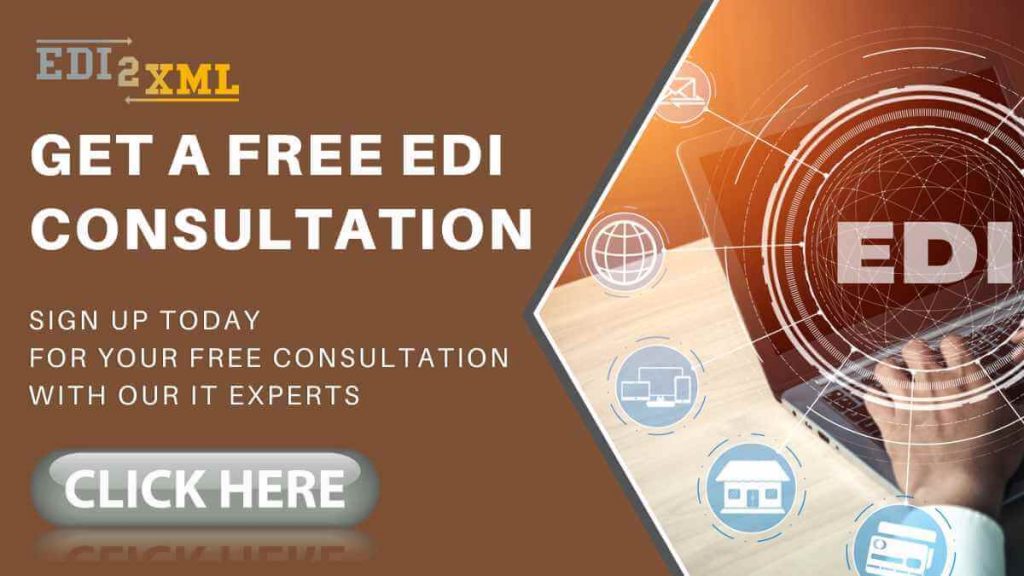What Does “EDI Capable” Mean for Your Business?
To be EDI capable means having the ability to seamlessly exchange electronic business documents that comply with established industry standards required by your trading partners. Whether you’re sending purchase orders (EDI 850), invoices (EDI 810), or advanced ship notice (EDI 856), EDI capability ensures your systems can handle the required communication formats like X12, EDIFACT, RosettaNet, and others. At EDI2XML, we simplify the journey to becoming EDI capable with tailored solutions that align with your business needs—so you can focus on growth, not technical hurdles.
Useful Reading: What are the differences between RosettaNet, EDI ANSI X12 and EDIFACT
Why Is EDI Capability Important for Modern Companies?
EDI capability is crucial for keeping your business operations smooth and efficient in the technology-driven business environment, especially in supply chains. Without it, companies risk delays, errors, and strained relationships with partners and customers. EDI2XML provides tailored solutions to help businesses achieve compliance and streamline workflows effortlessly.
How Can I Make My Business EDI Capable?
Achieving EDI capability involves understanding your partners’ requirements, selecting the right tools, and implementing a solid plan. At EDI2XML, we guide you step-by-step, from ensuring compliance with major standards to testing and deploying seamless solutions that align with your goals. Here’s how:
1. Understand Your Trading Partners’ Requirements: Compliance starts with knowing what formats, protocols, and document types your partners require. We ensure your EDI solution supports all major standards, including X12, EDIFACT, and HIPAA.
2. Choose Your EDI Approach: Decide whether you want an in-house (on-premises EDI) solution, a fully managed EDI service, or a Web EDI service (REST API). We offer flexible options to meet your needs—whether you prefer an on-premises EDI setup fully integrated with your business systems, like ERP or accounting software, or a cloud-based, fully managed service where we handle all aspects of EDI for you.
3. Select the Right EDI Solution: Not all “EDI tools” are created equal. Our cloud-based solutions are scalable, secure, and built to handle complex business requirements with ease.
4. Test and Deploy: Testing is critical to ensure seamless communication with your trading partners. At EDI2XML, we handle rigorous testing to guarantee flawless implementation.
What’s the Best EDI Approach: In-House or Fully Managed?
Trying to decide between EDI in-house or outsourcing it? In-house EDI requires infrastructure, expertise, and maintenance, which can be costly. Fully Managed EDI, like EDI2XML’s service, removes these burdens by handling everything for you—from infrastructure to compliance—so you can focus on growth. Here’s a quick comparison:
- In-House EDI: Requires software, infrastructure, technical expertise, and ongoing maintenance. While this works for companies with dedicated IT teams, it can be costly and time-consuming.
- Fully Managed EDI: With EDI2XML’s Fully Managed EDI Service, you don’t need to worry about infrastructure, mapping, or compliance. We handle everything—so you can focus on growing your business.
Example: Streamlining Operations with EDI2XML
Opengear, a global technology company, faced significant inefficiencies with manual processes for exchanging business documents like sales orders. These inefficiencies included:
- Manual data entry into their CRM system.
- Frequent errors and inconsistencies.
- Delays in order processing.
By adopting EDI2XML’s fully managed solution, they automated the entire document exchange process. Using EDI2XML’s cloud-based platform, they:
- Seamlessly converted incoming EDI transactions into a format compatible with their CRM.
- Eliminated manual tasks and errors.
- Improved communication with trading partners.
This transformation resulted in enhanced operational efficiency, reduced costs, and faster processing times.
Learn more about EDI X12 and its real-world use cases: EDI X12 Explained: Codes, Standards, and Real-World Impact
What Are the Benefits of Becoming EDI Capable?
Becoming EDI capable transforms business operations with:
1. Cost Savings: Automating document exchanges reduces manual labor, paperwork, and transaction costs.
2. Speed: EDI accelerates order processing and cuts delivery times in half, enabling faster response to customer needs.
3. Accuracy: Eliminate manual errors with automated data exchanges, reducing inaccuracies
4. Efficiency: Streamlined processes improve productivity, customer satisfaction, and business agility.
5. Security: EDI2XML ensures data is exchanged securely, meeting industry and partner compliance mandates.
Why Should I Choose EDI2XML for EDI Services?
EDI2XML offers 20+ years of expertise in EDI integration, helping businesses across North America simplify and modernize their processes. Whether you’re new to EDI or need to modernize your existing processes, our solutions are flexible, scalable, and tailored to your needs. From onboarding partners to managing complex integrations, we ensure you’re ready to meet the demands of modern supply chains.
How Can EDI2XML Help Me Become EDI Capable?
EDI2XML makes the process of becoming EDI capable straightforward and stress-free. Our solutions improve efficiency, reduce costs, and enhance growth by aligning with your specific business needs. Contact us today to learn how we can help you achieve seamless EDI integration.
